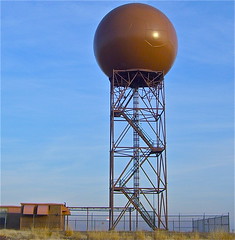Weather - What is a Cold Front?
Asking what is a cold front can get you a lot of technical answers. It is inherent however to interpret what it is in simple terms. Basically, a cold front is the front part of a mass of air that is cooler than the air in front of it. This cool mass of air pushes on the warm mass of air and displaces it.
Displacement occurs because the less dense warm air cannot mix with the denser cold air. The warm air is pushed up where it becomes cool and may form into clouds. A cold front can stretch for hundreds of kilometers and can thus cover a large area of land. In many cases, these fronts can be accompanied by low pressure.
Understanding fronts also entails studying about temperature and precipitation. Before a cold front passes, the mean temperature is often warm. As the front passes, temperatures can drop suddenly, sometimes in as short as one hour or less. As it departs, cooling becomes more gradual. In autumn and winter, some cold fronts can lead to drastically cold temperatures that can go on for days or even weeks.
Temperature changes can also be accompanied by precipitation. If there is adequate moisture, intermittent showers may occur before the passing of a front. As the cold front passes, these Light showers may turn into thunderstorms that can lead to flooding. If the storms are bad, flooding can be bad too and can even take a long time to recede due to the gradual nature of passing cold fronts. Cold fronts that have passed may temporarily leave Light showers before clouds fully clear.
Cold fronts however do not all the time lead to devastating weather conditions. Mild cold fronts sometimes do not lead to important temperature changes. If there is not adequate moisture present, it may not lead to rains and showers. This is especially true during the winter.


Comments
Post a Comment